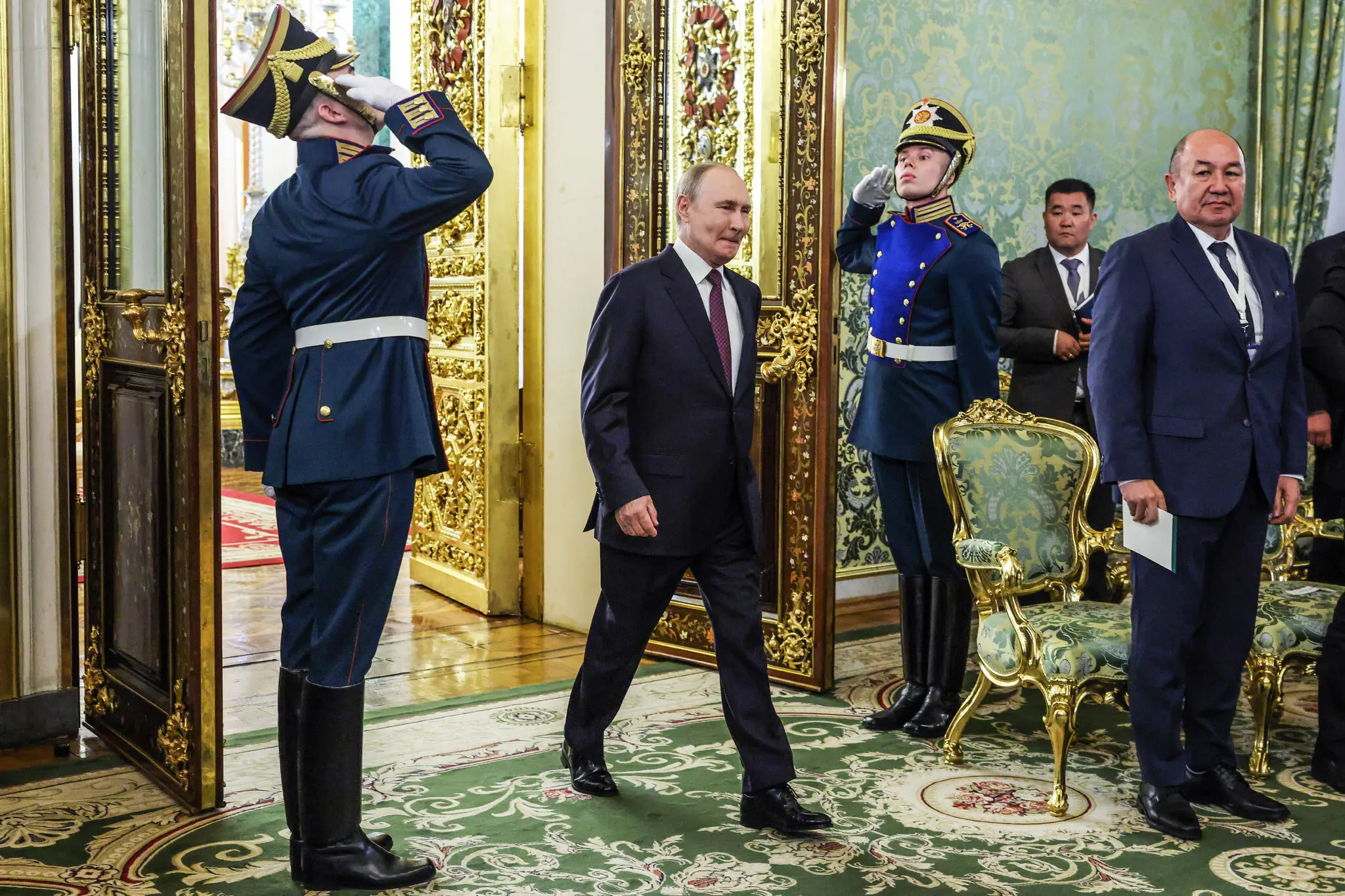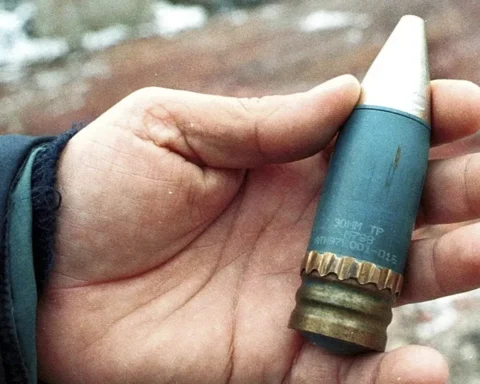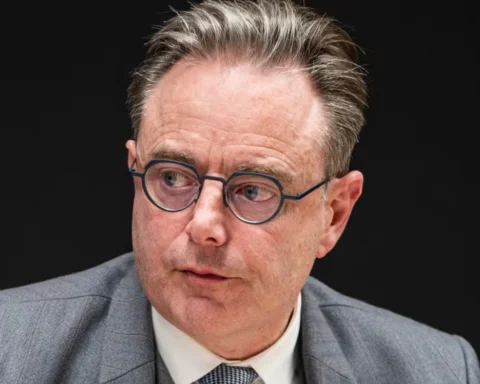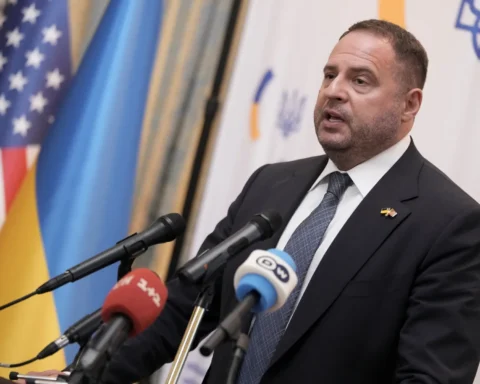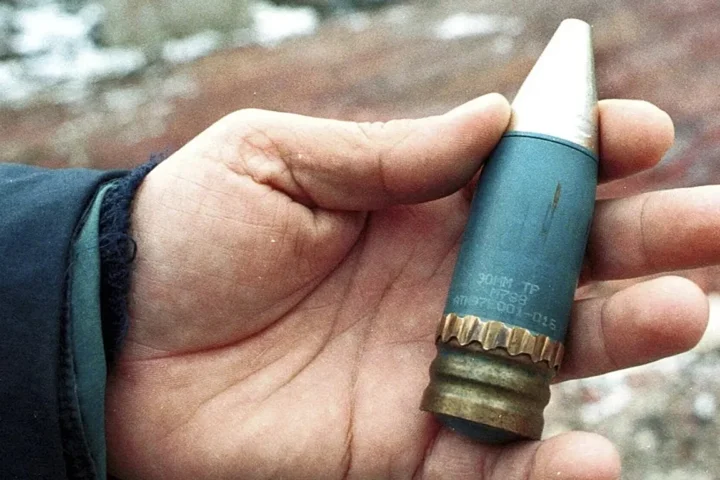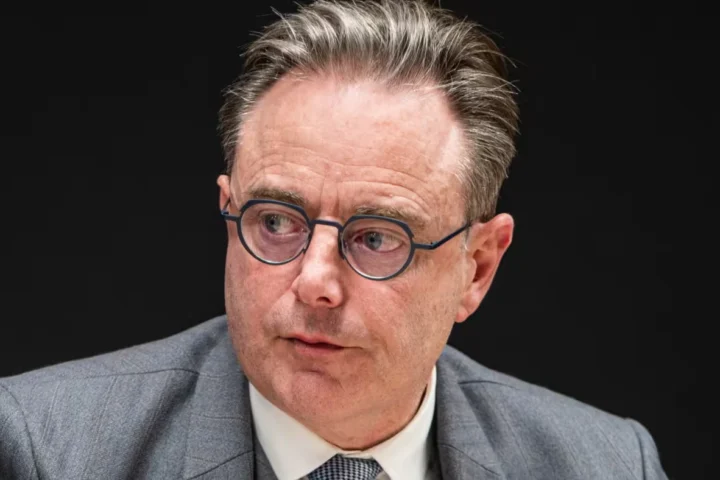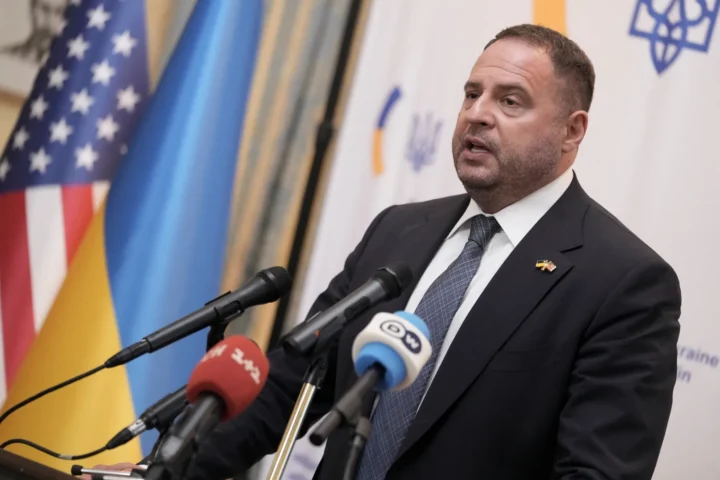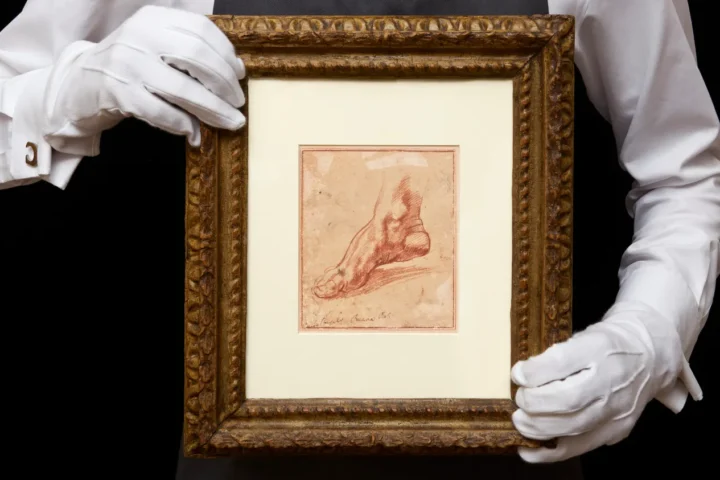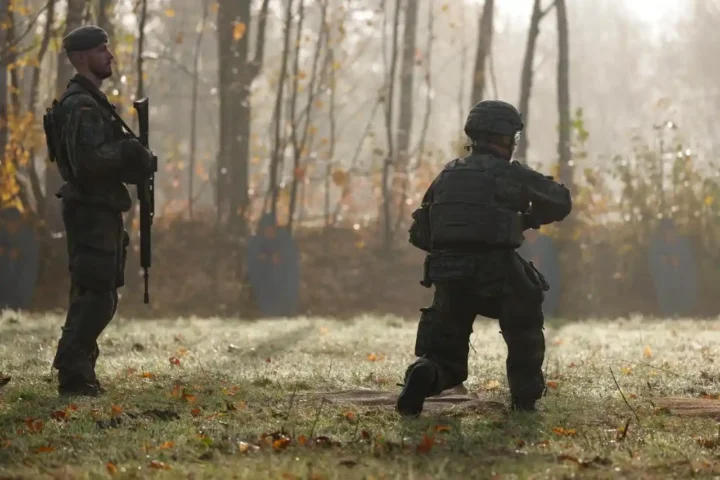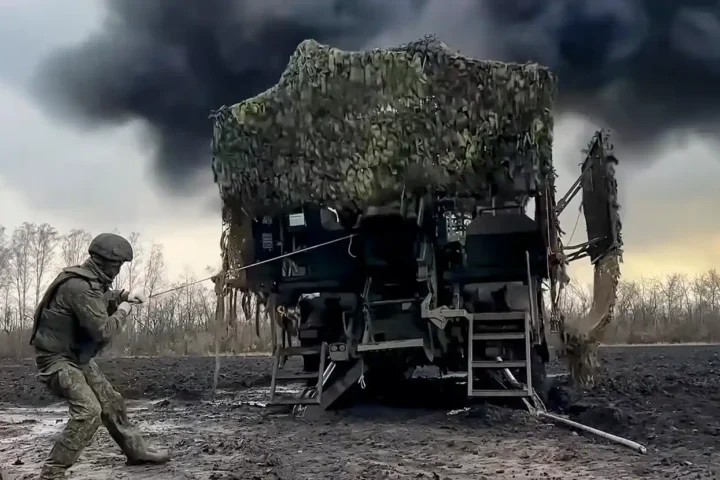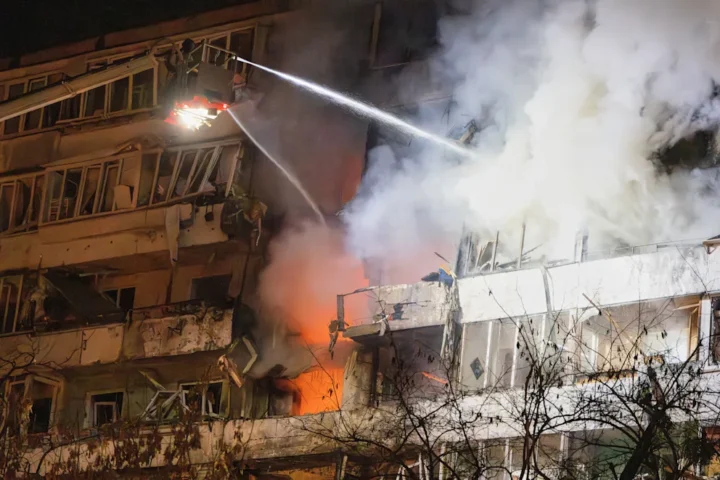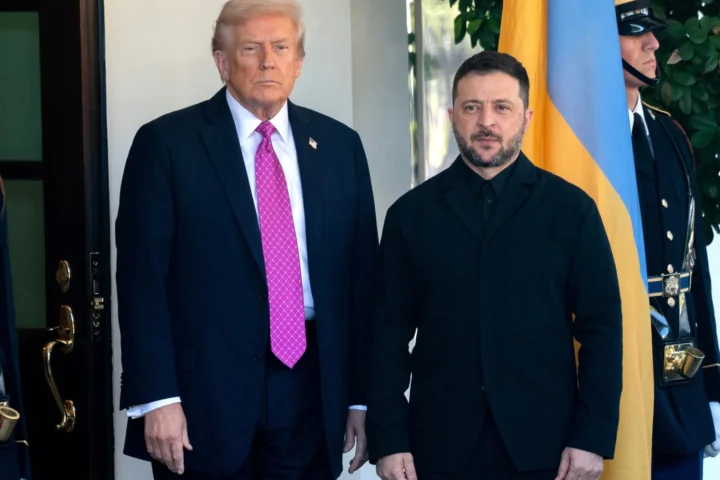President Donald Trump on Thursday expressed disappointment over the outcome of a phone call with Russian President Vladimir Putin, during which, according to Trump, no progress was made toward ending the war in Ukraine.
“I didn’t make any progress with him at all,” Trump told reporters candidly after the hourlong conversation. This marks the sixth known conversation between the two leaders since Trump returned to the White House in January.
The call took place Thursday morning and covered a wide range of topics, including the situation in Iran. According to Kremlin foreign policy adviser Yuri Ushakov, the two sides discussed tensions related to Iran’s nuclear program and agreed that all disagreements should be resolved exclusively through diplomatic means. This statement came in the wake of Trump’s order to strike Iran’s nuclear sites on June 21 in support of the Israeli air campaign that began on June 13.
Despite disagreements on several issues, both countries agreed to maintain contacts between their foreign ministries, defense departments, and presidential aides, Ushakov said.
Ukraine Remains a Point of Stark Divergence
However, the issue of Ukraine once again became a point of contention. According to Ushakov, Vladimir Putin reaffirmed Moscow’s unwavering position: Russia will continue to pursue its military goals and address what it calls the “root causes of the conflict.”
This term — “root causes” — is often interpreted as Kremlin code for demands that Ukraine cede territory, adopt a neutral status, be barred from joining NATO or other military alliances, and face restrictions on its armed forces.
“Russia will not retreat from those goals,” Ushakov stressed, without elaborating.
He added, “Donald Trump again raised the issue of a quick end to military action. Vladimir Putin, for his part, responded that we continue to seek a politically negotiated solution to the conflict.”
After returning from a trip to Iowa early Friday morning, Trump announced that he planned to speak with Ukrainian President Volodymyr Zelensky later that day.
Meanwhile, as reported by The New York Times, Kyiv was alarmed by the Trump administration’s recent decision to suspend certain U.S. weapons deliveries — including air defense interceptors critical for resisting the Russian invasion that began in 2022. According to Russian state media, this suspension was not discussed during the call. Trump himself did not confirm whether it came up in conversation with Putin but once again defended the decision:
“Biden — Joe Biden — emptied out our whole country giving them weapons, and we have to make sure that we have enough for ourselves,” the U.S. president said.
Economy, Prisoners, and Ideology: Other Key Themes of the Call
According to Ushakov, Putin informed Trump of the progress made on humanitarian issues between Russia and Ukraine following the last round of talks in Istanbul. This included prisoner exchanges and the return of the bodies of fallen soldiers. The Russian leader also expressed readiness to continue negotiations, although no date for the next meeting has been set.
Beyond the war, the two leaders also discussed economic matters. Ushakov stated that Putin and Trump reaffirmed their mutual interest in developing several bilateral projects, particularly in the energy sector and space exploration.
A notable detail emerged from a prior meeting between Putin and Russian business executives before the call. They expressed a desire to cooperate with the United States in the film industry — aiming to promote “traditional values dear to both us and the Trump administration.” According to Ushakov, the U.S. president welcomed the idea.
Overall, as Ushakov put it, the conversation “was, as always, on the same wavelength — frank, businesslike, and specific.” He added that the presidents “will, of course, continue their communication in the near future.”
This article was prepared based on materials published by The New York Times. The author does not claim authorship of the original text but presents their interpretation of the content for informational purposes.
The original article can be found at the following link: The New York Times.
All rights to the original text belong to The New York Times.


